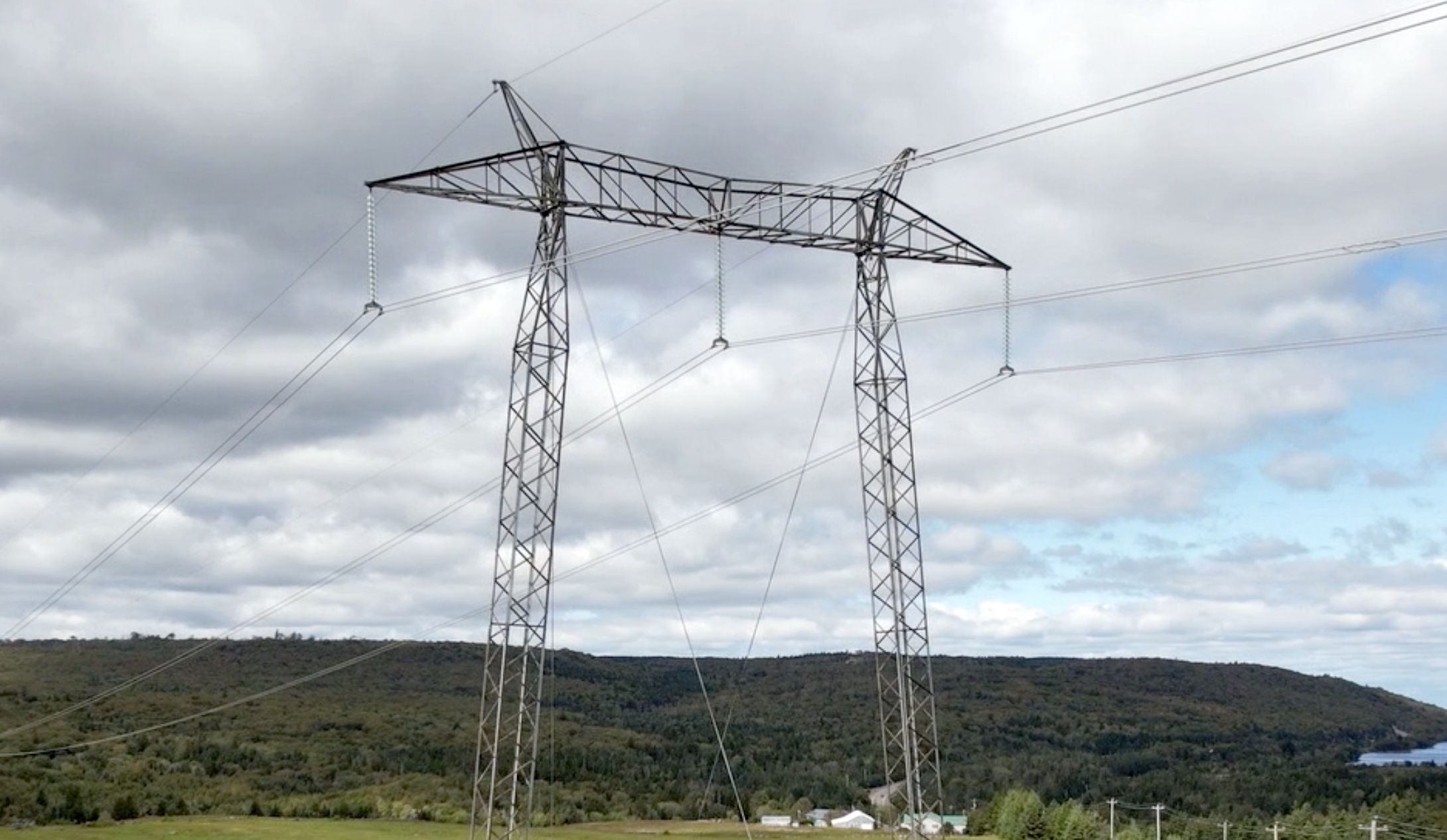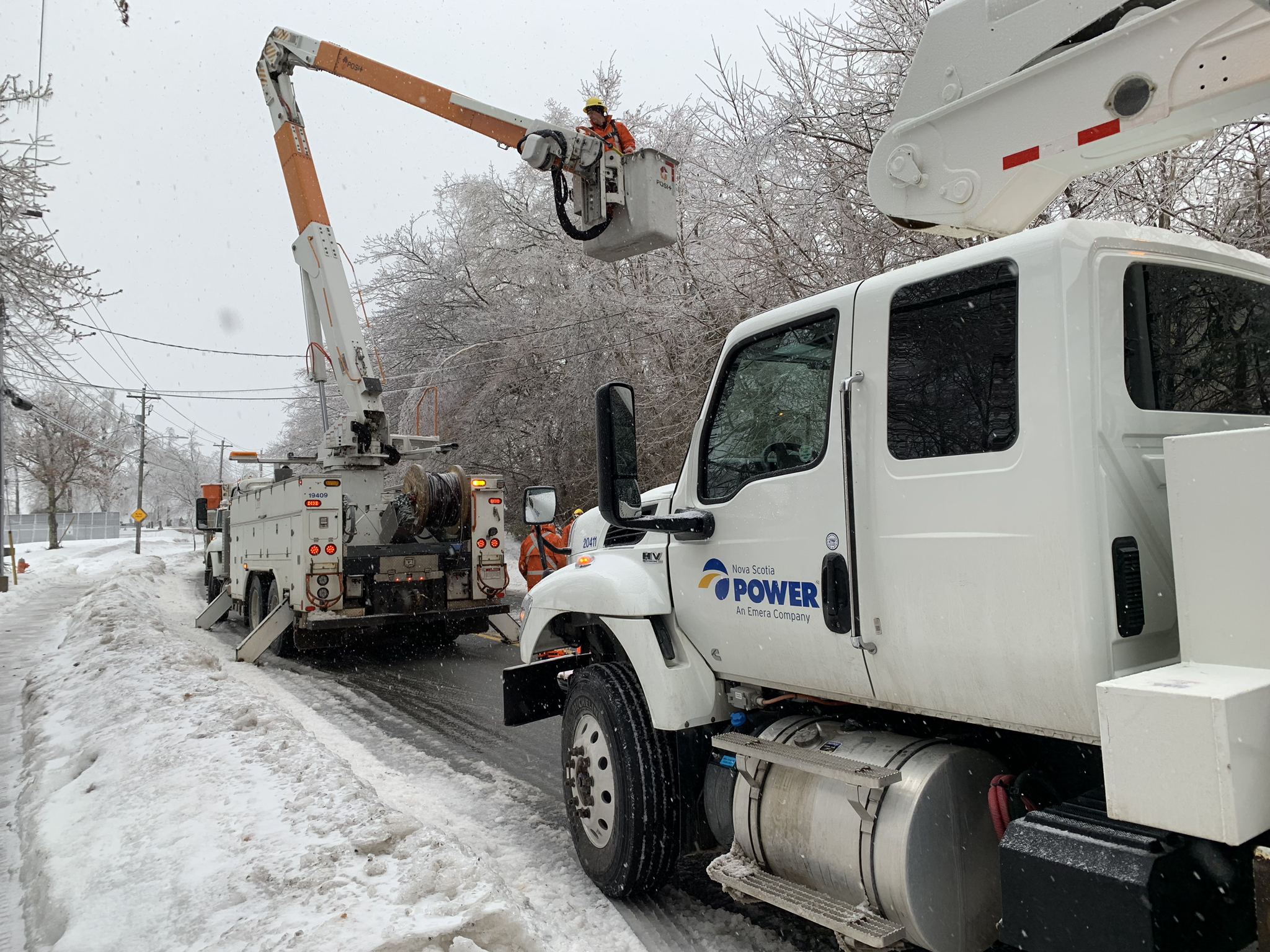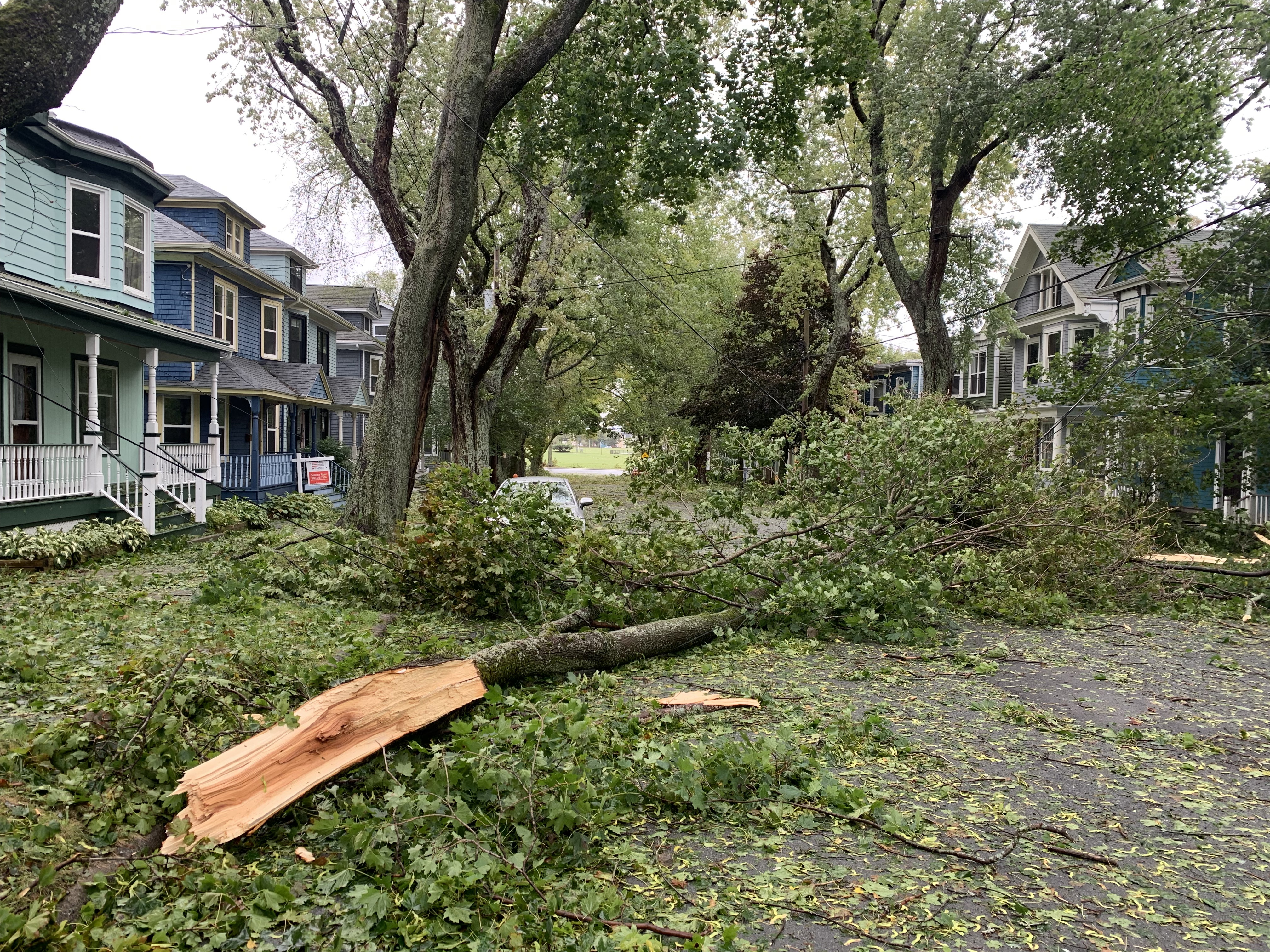You Asked, We Answer: Outages & Estimated Restoration Times
Losing your power can be frustrating—it’s also inconvenient. That’s why during a power outage, our team uses the best information we have at the time to give customers the most accurate estimate of when they can expect their power to be restored. It is an estimate, and sometimes that estimate changes. That too can prompt questions and frustration. So, we asked our Director of Customer Care, Chris Lanteigne, to answer some of the most common questions related to how estimated restoration times are calculated and why they can change.
How do you come up with an estimate of when my power will be restored during an outage?
There are multiple factors taken into consideration when giving customers an estimated restoration time for an outage. The initial estimate is based on weather conditions and historical data from previous storms and outages in the area. Once our crews can assess the damage, we look at other factors, such as the challenges or complexities associated with each particular outage, the location, and the number of crews needed to work on them. We use all of this information from the field to best update our estimated restoration times for customers.
Why does my estimated restoration time sometimes change on the outage map?
We do our best to predict when the power will be restored during an outage, but estimated restoration times sometimes change once crews get on site and assess the damage. They could find other things that may impact restoration, like an unsafe situation or blocked road or that the amount of damage is significant and will take longer to restore than originally estimated. We know this can be frustrating and that’s why we try to gather as much information as we can to give the most accurate estimate possible. Our outage map is updated every 10 minutes—that’s why we always encourage customers to visit our outage map for the latest information.
Sometimes the number of ‘affected customers’ on the outage map goes down, but the number of ‘active outages’ goes up. Why is this?
Sometimes after a storm, you might see the number of “Affected Customers” on the outage map go down while the number of “Active Outages” goes up. This is because of what we call “nested outages”.
For example, an outage on a larger distribution line impacting an area may be restored, but smaller neighbourhoods or homes in the same area might be experiencing an outage caused by a more localized issue, like a blown fuse or a tree on a line to the customer’s home. If that is the case, once the larger outage is restored, the map will then update the Active Outage number with the additional nested outages.
We often hear you talk about restoration phases or the order in which you restore power during outages. What are they?
We restore power in a specific order, starting with any emergency safety concerns. Then we restore power to the substations and main power lines that bring electricity from power plants to our towns and communities identified by the provincial Emergency Management Office (EMO), like hospitals, police, fire, water, and communications. Next, we repair power lines that will restore power to the greatest number of customers in the least amount of time. Once these repairs are made, crews restore power to smaller groups of customers and individuals.
For more information about our storm response process and estimated restoration times, visit nspower.ca/storms. To learn more about how we work throughout the year to strengthen our system and prevent power outages, visit nspower.ca/reliability.
Share This Post:





